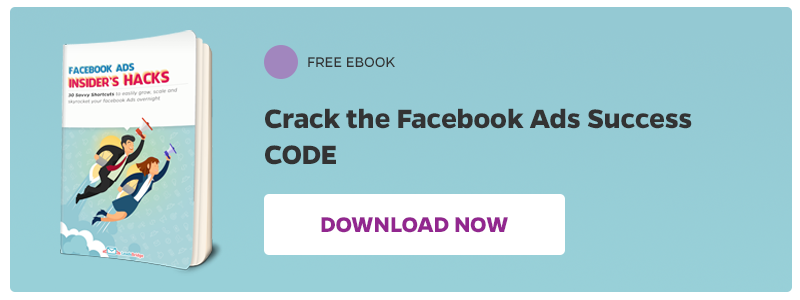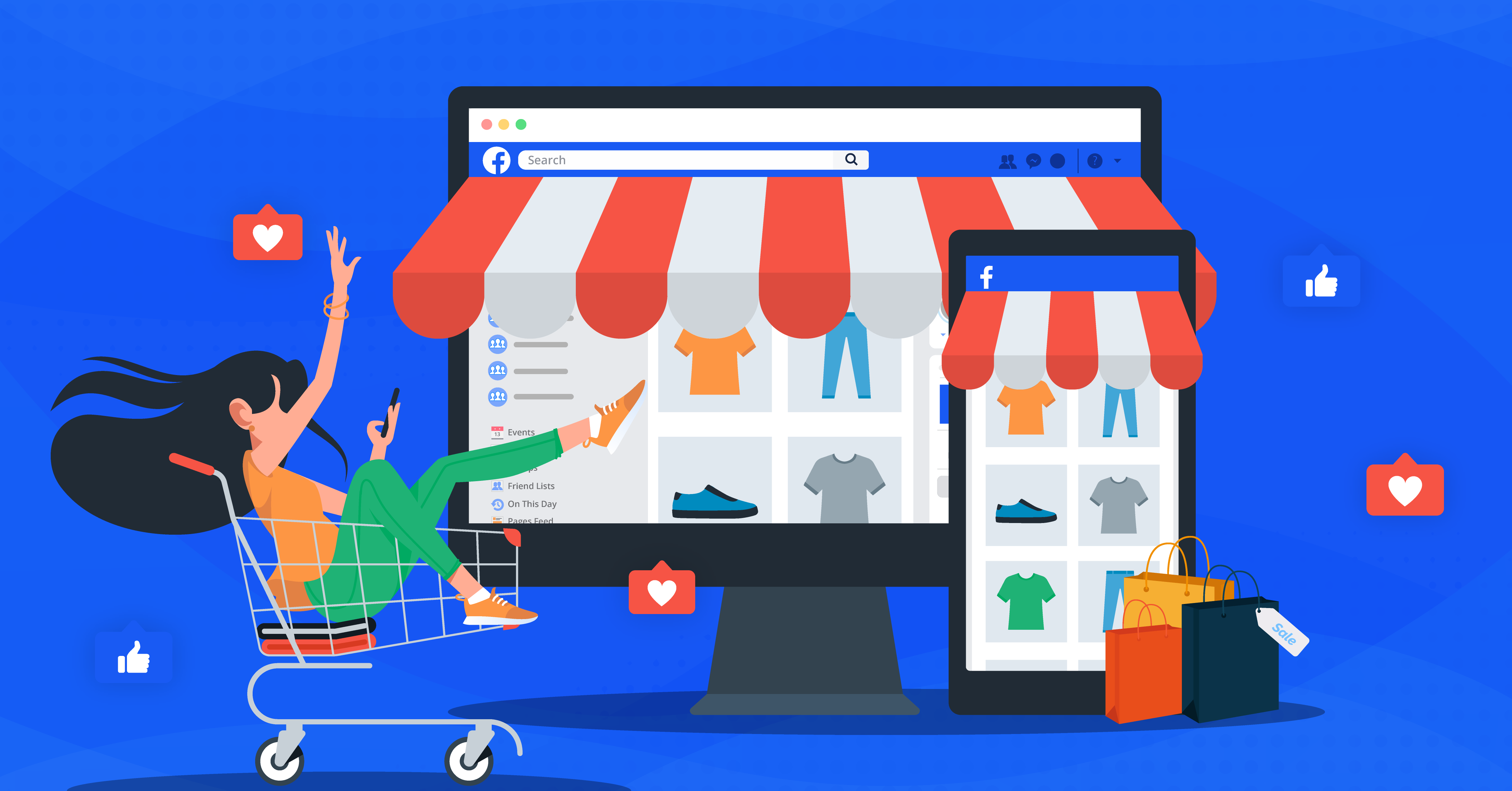
UPDATE: Context cards have been substituted with the Intro screen. Most of the concepts discussed in this article apply to this slightly different tool as well. Click here to learn more about Facebook Lead Ads Welcome Screen.
Facebook Lead Ads are currently the hottest lead generation tool for marketers. This ad format provides an easy and fast way to collect contact information from Facebook users in just a few clicks.
The only concern the most experienced marketers had even before the release of Facebook Lead ads was lead quality. It could even be said that may be it’s all a bit too easy.
Lead ads: the good and the bad
The convenience of lead ads is that the user usually doesn’t have to compile anything, which is amazing especially from mobile. Facebook may provide many other auto-filled categories beyond the standard name and email, but the more you ask the more the user will be hesitant about sharing the information. So we’re just asking for the basic data we need and all is good. Indeed, as marketers started to experiment with lead ads they found that their lead generation cost was going down. As you may already suspect, Lead ads are our bread and butter here at LeadsBridge, and our client feedback tells us that in some cases there is a eight-fold reduction in costs compared to other advertising channels. But there is a caveat: lead quality.
Clearly all markets are different, and this problem doesn’t concern everyone. However, in taking a closer look at the whole funnel some marketers realized that though the Cost per Lead had gone down, the quality of their leads was questionable. Here’s an example from one of our customers.
The conventional cost per lead was around $12, and they converted around 15% of their daily volume; with FB lead ads, the cost per lead went down to $6, which is half of what they used to spend. However, the conversion rate went down from 15% to 4%, making the whole sale process in the end more expensive.
How to calibrate the bad and make it good: the context card
Facebook has released a feature to help advertisers improve the quality of their leads: the context card. “Context cards help businesses ensure that the leads they receive are high-quality,” the company explained in its blog post. Facebook used a case study to support its statement: “TheSkimm, a daily email newsletter, saw their lead quality improve by 22% when they added a context card to their lead ads”. A context card is simply an intermediary page between how the lead ad appears in the news feed and the form itself. It’s a way for people to get more information about what they are signing up for, prior to submitting the form.

The context card/welcome screen can be used to improve both lead quantity and quality.
People aren’t used to this new ad format yet, so the context card can help you to explain what’s happening next with the (mostly) pre-filled form they need to submit, provide additional information about promotions, and generally “pre-sell” potential clients by rendering explicit what you are offering and the benefits they will receive in turn. This also gives you the chance to tell users what will happen after they give you their info, thus creating more trust.
The idea behind the context card is that it allows advertisers to add a further qualifying step before the user submits the form. So your context card can be designed to encourage interested users to submit the form, but also to ask them to double check they’re actually interested. While this may decrease lead volume, it goes a long way towards ensuring that users don’t just sign up without realizing what they’re giving their details up for.
The idea behind the context card is that it allows advertisers to add a further qualifying step before the user submits the form. So your context card can be designed to encourage user to submit the form, or the opposite as well. While this may decrease lead volume, it goes a long way towards ensuring that users don’t just sign up without realizing what they’re giving their details up for.
How to setup a context card
When you create a new ads campaign you have of course to choose as objective “Collect leads for your business”. Then you’ll have the standard process of choosing an audience and a budget. Click continue to go to the creative part of your ad. Here you can choose between the single image/video or the carousel format, which can display up to five images and headlines in a single ad. The very last step is titled “Lead Form” and it’s the one we’re looking for to set up our context card.
Click on “Create Form”.

Then proceed selecting the “new form” option and click next.

Here you need to give a name to your new form, just for your convenience.

And here we are, Facebook asks to add a context card to your form. That’s fine with us, then click on the “Add a context card” blue button.

Time to deal with the actual context card!

Here you can set a catchy headline, upload an image or use the same one from the ad, and insert additional text with the option to choose between a paragraph layout or bullet points. Lastly you have a customizable call to action button. Click on next and you’ll be back on track with your usual Lead form creation process.

Quality, quantity or both?
Facebook lead ads essentially made it far too easy for users to sign up, especially from mobile. That’s why lead quantity might outweigh quality. If that goes too far, you might not realize it at first, but the final cost of your sale funnel can be higher than expected. Context cards looks really helpful for advertisers, so we absolutely suggest to use them as a tool to calibrate the quality of your leads. They add one extra step to the lead generation process, but for a better qualification you definitely want to pay the cost of a lower volume. They are a sort of double opt-in for lead ads.
Do you want both quantity and quality? Targeting is the most critical step for generating high quality leads. Custom audiences are your friend here!
Pro tip
Split test your forms! Use the context card in the first form and no context card in the second one. You should understand quite easily if it could be a good weapon for your Lead Ads.
With LeadsBridge you can also easily tag the leads with a hidden field, like this one:

So you can easily recognize if the Context Card is producing more qualified leads than the form without it.
What’s your experience with the context card? Have them been helpful in improving you leads quality? Let us know in the comment section below!









